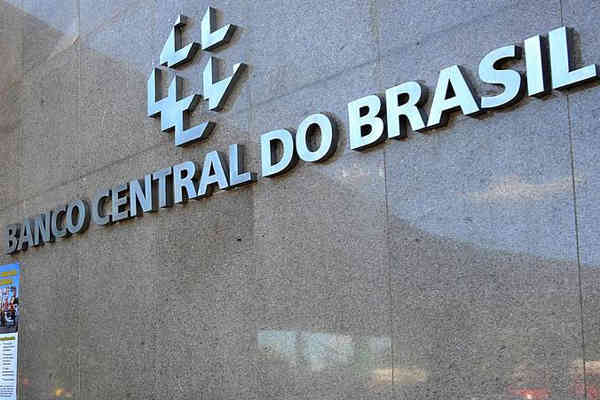RIO DE JANEIRO, BRAZIL – The Brazilian economy recorded a retraction of 0.13 percent in the second quarter of 2019, according to the Economic Activity Index (IBC-Br), a sort of “preview” of the Gross Domestic Product (GDP), released by the Central Bank (BC) on Monday, August 12th.
The 0.13 percent drop between April and June of this year was evidenced in comparison with the first quarter. The number was computed after seasonal adjustment.

As the economic activity index had already retreated 0.2 percent in the first three months of this year, against the last quarter of last year, the Brazilian economy may have entered into a “technical recession” — characterized by two consecutive quarters of GDP decline.
According to the Brazilian Institute of Geography and Statistics (IBGE), in a technical recession, short-term recovery potential is considered.
It differs from an actual recession, when a country’s economy is significantly deteriorated, with rising unemployment and bankruptcy rates, and a drop in production and consumption.
The Gross Domestic Product (GDP) is the sum of all goods and services produced in the country and is used to measure economic development.
The Central Bank’s IBC-Br, however, is merely an indicator designed to try to anticipate the GDP result — which is estimated by the IBGE. Official GDP figures for the second quarter will be released on August 29th.
When compared with the results for the second quarter of 2018, however, the IBC-Br for the first quarter of 2019 shows an increase of 0.85 percent (without seasonal adjustment). In the twelve months until June this year, again without seasonal adjustment, the Central Bank’s figures show an increase of 1.08 percent.
The poor result for this year’s second quarter had been expected by economists. The reason for this is that the GDP indicators had already pointed to low activity in the period. The services sector, for instance, registered a 0.6 percent drop in the second quarter, while industrial production had a 0.7 percent decline, and commercial sales slid 0.3 percent.
Despite the GDP retraction in the first three months of this year, and the potential collapse in the period from April to June, financial market economists, the Central Bank and the Ministry of Economy are projecting economic growth throughout this year. The forecast is for a 0.8 percent increase in GDP in 2019.
Projections
The Central Bank also published on Monday, August 12th, the Focus Report with projections for economic growth, inflation, interest rates, among other indicators. The report is the outcome of a survey conducted last week with over 100 financial institutions.
According to the report, financial market analysts again lowered the forecast for economic growth in 2019 — from 0.82 percent to 0.81 percent.
Analysts consulted by the Central Bank have also lowered the inflation forecast from 3.80 percent to 3.76 percent.
Welfare Reform
After the GDP tumble in the first quarter of this year, Bolsonaro’s government economic area started working to stimulate the economy and recently announced the release of R$42 billion from the Social Integration Plan (PIS) accounts and the Guarantee Fund for Time of Service (FGTS), which will take effect in 2019 and 2020.
If all resources were to be withdrawn, the impact on GDP this year would be 0.26 percentage point and 0.59 percentage point next year, as estimated the Independent Fiscal Institute (IFI), a body linked to the Senate. In other words, the release of funds would increase the GDP by 0.85 percentage points in two years.
Additionally, analysts believe that the approval of the Social Welfare reform by the Chamber of Deputies will also help to boost economic growth in the coming months. The reasoning is that investors will feel more confident in investing and creating jobs in a country with better-kept accounts.
The IBC-Br was designed to try to pre-empt the GDP result, which is disclosed by the IBGE. The IBC-Br results, however, have not always been close to the official GDP data.
The calculations of the two are slightly different — the Central Bank index incorporates estimates for agriculture and ranching, industry and the service sector, in addition to taxes.
The IBC-BR is one of the tools used by the Central Bank to determine the country’s basic interest rate. With lower economic growth, for instance, there would theoretically be less inflationary pressure.
Currently, the Selic rate stands at six percent per year, a historic low, and the market estimates that it will drop to five percent per year by the end of 2019.

